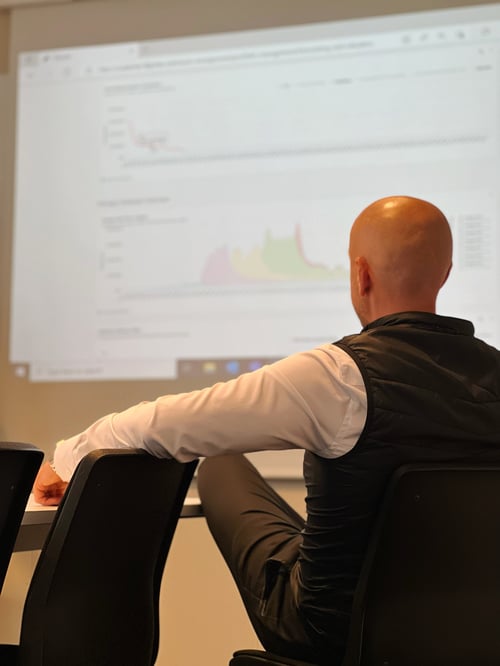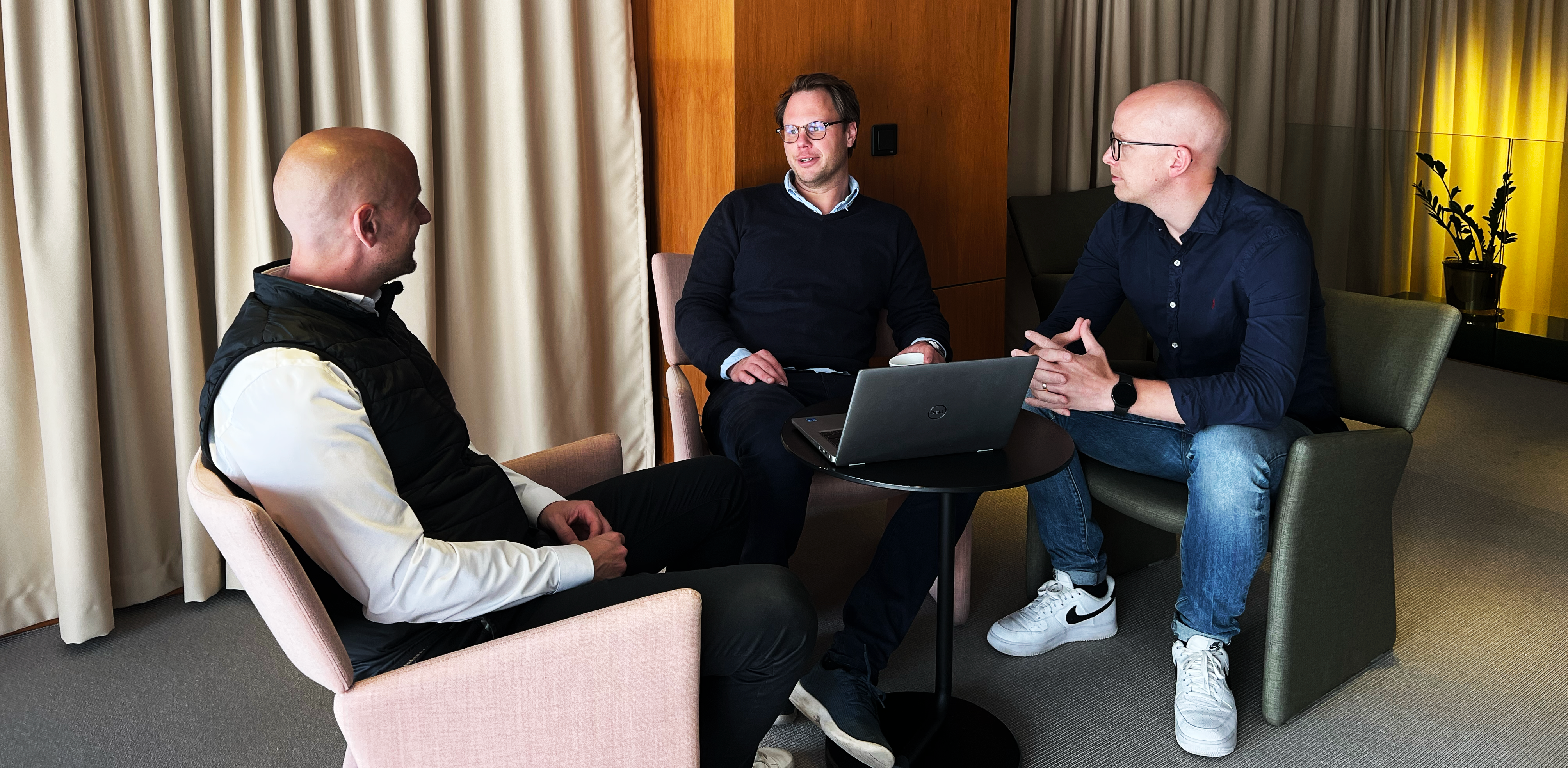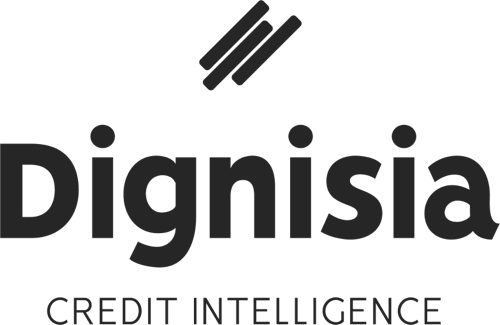How to optimize your forward flow strategy

Forward flow isn’t a new way of working. It is however slowly becoming the new standard way of working with debt collection, and you need to be careful that you’re not missing out on profits by not using the right process.
Many companies still sell their portfolio one by one. While the potential profits are higher using this method, it takes up more administration time. Using a forward flow agreement on the other hand, is both easier to handle and more predictable. But be careful, it does come with its own challenges.
If you’re not cautious, your way of handling a forward flow agreement could end up losing you profit each month, whilst the collection agency gets a big profit margin from your portfolio. So let’s talk about what we mean when we say forward flow, and how you can optimize your process.
What is forward flow?
Forward flow is a way of working with collection agencies that has become more and more normal, although it’s been used for almost a decade.
It basically means that you sign a deal with a collection agency where they buy your current NPL portfolio for the same price each month. The most common time is when 90 days have passed since the first missed payment. You can divide your portfolio into different segments or risk levels, and treat it as different deals with different prices. Then, both you as the portfolio owner, and the collection agency, negotiate a price where you’re both happy.
You as the seller don’t have to worry about the admin and you receive a consistent cash flow. And the agency is happy since they get ownership of the portfolio and can try to get more value out of the portfolio than what they paid.
You basically let go of both the risk and the potential of your portfolio, in favor of time saving and a consistent cash flow.
The goal is to create a long term partnership where both parties are happy. This is most important in forward flow agreements since they’re usually signed for 12-24 months.

Pros and cons of using a forward flow process
Companies are using forward flow because it’s easy, smooth and predictable. By writing deals for 12-24 months, the companies get a predictable cash flow and don’t have to worry too much about when to sell their NPLs. It’s all decided and automated beforehand. This means minimal admin and more focus on helping the company grow.
The con of using forward flow is that you might not always get the best price for your NPL portfolios. While your cash flow is steady and predictable, you might end up losing profits because your portfolio is worth more than you’re selling it for. Also, you might miss out on important data in the customer journey, since you lose the ownership when you sell the portfolios each month.
However, oftentimes the predictability wins, and since forward flow is becoming more common, we want to share three ways you can optimize your forward flow agreement, and increase your cash flow in the long run.

How to optimize your forward flow agreement
1. Continuously update the quality of your portfolioYou need to keep updating the quality of your portfolio. By doing this, you ensure that you get paid the right amount each month. For example, your customers might change, and your buyers might suddenly be another type of demographic, which will influence the purchasing power and the quality of your portfolio.
If the purchasing power changes but you still charge the same price for your portfolio, you might need to re-negotiate your price before you sign the next agreement.
You will also need to keep your collection agency updated. They need to know when things like demographic or purchasing power changes. Otherwise, you’ll get confused calls from the agency, asking why they haven’t heard about the change.
As you can tell, you need to be data driven and transparent in your dialogues. Get a price that’s a win-win to create long term, profitable agreements. To do this, you need qualitative data.
2. Keep validating your priceWhen you’ve secured the quality of your portfolio, you need to validate your price. In a forward flow agreement, you often write a deal for something close to 24 months, where the price is the same each month. But to end up in a profitable negotiation position, you need to constantly check your price to know that you aren’t signing bad deals.
If you notice that your price is too low, you need to re-negotiate the price. If you don’t, the value the collection agencies are getting is much higher than what they paid for and you’re effectively leaving money on the table.
But even if you notice that your price is too high, and you make more money than your portfolios are worth, you might want to pick up the phone and call your agency. Otherwise, they’re eventually going to call you anyway, with a much more negative tone than if you are the one reaching out.
Remember, the goal is a win-win situation where both parties are happy with the price.
Many companies choose to invest in a software, such as Dignisia for example, that can help you with the continuous price validation. It can give you a quick and clear overview of your portfolio’s worth in comparison to the collection agencies’ profits.
3. Get proper feedback after sellingHistorically, when a company sells their portfolio, the flow of data gets cut off. They no longer have access to any information about the customer journey or payment patterns after this point.
However, companies realized that it lies in their best interest to know how successful the collection agencies were in collecting debt from their particular portfolios. This information could help map the customer journey, show how to collect debt more effectively and be used in internal score modeling.
Getting aggregated feedback has become a hot topic in the world of NPL. You can’t access information for each individual customer because of GDPR. However, you can ask about information on a segment level. What most companies do is they request information like “How many of the customers in segment 2 paid in the first 15 days?” How many of the customers in segment 4 responded well to text messages?” And so on.
Maybe you realize that one type of segment never paid, even after the collection agency reached out 3 times. Then maybe you shouldn’t give credit to that particular segment. This kind of insight is worth a great deal for future affairs.
You want to know the payment patterns both before and after you've sold your portfolio. Only with these insights can you map the entire customer journey and optimize your credit collection and forward flow agreement. And also make sure you’re giving credit to people that actually end up paying their debt.
How can tech help out?
We recently released a new module in our Dignisia platform, where we can help you with the entire process. You’ll get quick feedback on the quality of your portfolio, if your forward flow agreements have the right price, and you can translate data from the agencies into insights after the sale has been made. It’s easy to use and will save you a lot of unnecessary hassle. Click here if you want to know more on how Dignisia can help you sort out the right data and not paint yourself into an unprofitable corner.




